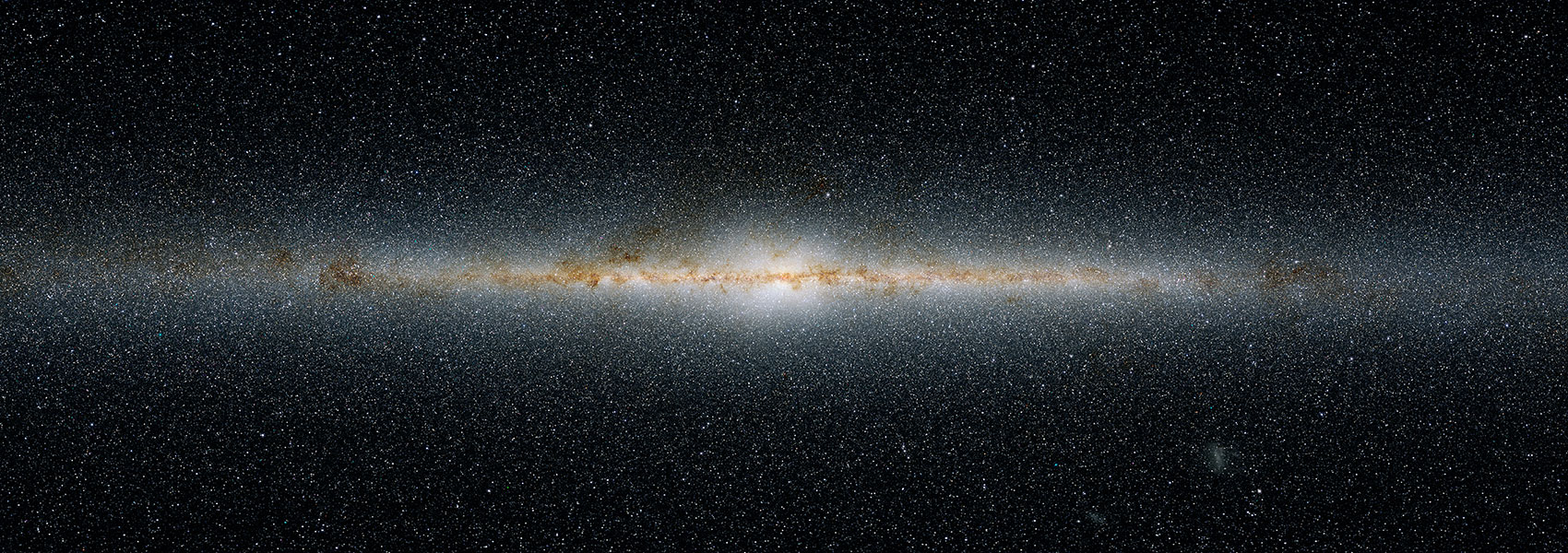April
2022
•
2022AJ....163..168W
Authors
•
Winters, Jennifer G.
•
Cloutier, Ryan
•
Medina, Amber A.
•
Irwin, Jonathan M.
•
Charbonneau, David
•
Astudillo-Defru, Nicola
•
Bonfils, Xavier
•
Howard, Andrew W.
•
Isaacson, Howard
•
Bean, Jacob L.
•
Seifahrt, Andreas
•
Teske, Johanna K.
•
Eastman, Jason D.
•
Twicken, Joseph D.
•
Collins, Karen A.
•
Jensen, Eric L. N.
•
Quinn, Samuel N.
•
Payne, Matthew J.
•
Kristiansen, Martti H.
•
Spencer, Alton
•
Vanderburg, Andrew
•
Zechmeister, Mathias
•
Weiss, Lauren M.
•
Wang, Sharon Xuesong
•
Wang, Gavin
•
Udry, Stéphane
•
Terentev, Ivan A.
•
Stürmer, Julian
•
Stefánsson, Gudmundur
•
Shporer, Avi
•
Shectman, Stephen
•
Sefako, Ramotholo
•
Schwengeler, Hans Martin
•
Schwarz, Richard P.
•
Scarsdale, Nicholas
•
Rubenzahl, Ryan A.
•
Roy, Arpita
•
Rosenthal, Lee J.
•
Robertson, Paul
•
Petigura, Erik A.
•
Pepe, Francesco
•
Omohundro, Mark
•
Murphy, Joseph M. Akana
•
Murgas, Felipe
•
Močnik, Teo
•
Montet, Benjamin T.
•
Mennickent, Ronald
•
Mayo, Andrew W.
•
Massey, Bob
•
Lubin, Jack
•
Lovis, Christophe
•
Lewin, Pablo
•
Kasper, David
•
Kane, Stephen R.
•
Jenkins, Jon M.
•
Huber, Daniel
•
Horne, Keith
•
Hill, Michelle L.
•
Gorrini, Paula
•
Giacalone, Steven
•
Fulton, Benjamin
•
Forveille, Thierry
•
Figueira, Pedro
•
Fetherolf, Tara
•
Dressing, Courtney
•
Díaz, Rodrigo F.
•
Delfosse, Xavier
•
Dalba, Paul A.
•
Dai, Fei
•
Cortés, C. C.
•
Crossfield, Ian J. M.
•
Crane, Jeffrey D.
•
Conti, Dennis M.
•
Collins, Kevin I.
•
Chontos, Ashley
•
Butler, R. Paul
•
Brown, Peyton
•
Brady, Madison
•
Behmard, Aida
•
Beard, Corey
•
Batalha, Natalie M.
•
Almenara, Jose-Manuel
Abstract
•
LTT 1445 is a hierarchical triple M-dwarf star system located at a distance of 6.86 pc. The primary star LTT 1445A (0.257 M ⊙) is known to host the transiting planet LTT 1445Ab with an orbital period of 5.36 days, making it the second-closest known transiting exoplanet system, and the closest one for which the host is an M dwarf. Using Transiting Exoplanet Survey Satellite data, we present the discovery of a second planet in the LTT 1445 system, with an orbital period of 3.12 days. We combine radial-velocity measurements obtained from the five spectrographs, Echelle Spectrograph for Rocky Exoplanets and Stable Spectroscopic Observations, High Accuracy Radial Velocity Planet Searcher, High-Resolution Echelle Spectrometer, MAROON-X, and Planet Finder Spectrograph to establish that the new world also orbits LTT 1445A. We determine the mass and radius of LTT 1445Ab to be 2.87 ± 0.25 M ⊕ and ${1.304}_{-0.060}^{+0.067}$ R ⊕, consistent with an Earth-like composition. For the newly discovered LTT 1445Ac, we measure a mass of ${1.54}_{-0.19}^{+0.20}$ M ⊕ and a minimum radius of 1.15 R ⊕, but we cannot determine the radius directly as the signal-to-noise ratio of our light curve permits both grazing and nongrazing configurations. Using MEarth photometry and ground-based spectroscopy, we establish that star C (0.161 M ⊙) is likely the source of the 1.4 day rotation period, and star B (0.215 M ⊙) has a likely rotation period of 6.7 days. We estimate a probable rotation period of 85 days for LTT 1445A. Thus, this triple M-dwarf system appears to be in a special evolutionary stage where the most massive M dwarf has spun down, the intermediate mass M dwarf is in the process of spinning down, while the least massive stellar component has not yet begun to spin down.
Links




